April Walking Tour – Architectural Plants
Architectural plants provide a visual structure and framework as well as a year-round presence in the garden. Plants don’t have to be woody to lend structure to the garden; perennials, grasses, evergreens and shrubs offer not only visually engaging elements but also provide habitat for pollinators and animals in all seasons. Let us explore the Gardens to see examples of architectural plants.
Yucca rostrata
As you approach the Crossroads Garden, you cannot miss this specimen. A striking plant that gives a strong sense of place, Yucca rostrata, or beaked yucca, provides a structural integrity that remains throughout the season and only becomes more outstanding over time. It takes years to establish a “trunk” but is well worth the wait. Yuccas grow in many parts of the U.S. but are often identified as a “western” plant seen in drylands and deserts. Almost all yuccas bloom prolifically in spring offering the bonus of showy flowers held high above their foliage. Yuccas require well-drained soil and full sun.
Picea glauca ‘Pendula’
Flanking either side of the Roads Water-Smart Garden entrance in the raised planters, Picea glauca ‘Pendula’, weeping white spruce, immediately communicates elegance and grace. Narrow and upright, this is a great choice for small spaces or as a specimen plant in the garden. Provide plenty of sun and moderate water. Available through Plant Select®.
Juniperus scopulorum ‘Woodward’
Columnar Woodward juniper creates a distinctive framework along the walk next to the UMB Bank Amphitheater and Roads Water-Smart Garden. This plant resembles the columnar Italian cypress, making it an elegant choice for entrances and corridors. Junipers are tough plants that withstand just about any growing conditions. Best in full sun and once established require little to no maintenance. Woodward juniper is a Plant Select specimen that works great as a screen in tight spaces.
Agave parryi
Another “western” plant which provides character and structure is Parry’s agave. This coarse-textured evergreen is incredibly tough, requiring full sun and very little water. These are slow growers, but they live up to 30 years. They bloom at the end of their life cycle – a sight which cannot be missed. The flower stalk can be up to 12 feet high above the rosette. But don’t worry, before they flower, agaves produce vegetative offshoots, also known as “pups,” which can be easily transplanted and propagated to become mature plants.
Ornamental Grasses: Schizachyrium scoparium, Sorghastrum nutans and Calamagrostis brachytricha
Many ornamental grasses perform extremely well in our steppe climate. The Ornamental Grasses Garden showcases these versatile, low-maintenance plants. When left up in the winter, not only do grasses provide structure but also movement and color. There are many to choose from, including little bluestem, Schizachyrium scoparium, which turns bronze to burgundy in fall. If you want a unique grass in your garden, try Sorghastrum nutans, Indian grass. Its similar size and upright habit make it a great alternative to feather reed grass (Calamagrostis × acutiflora 'Karl Foerster'). Even shady gardens can utilize ornamental grasses. Korean feather reed grass (Calamagrostis brachytricha) is a Plant Select selection that is drought and (part) shade tolerant!
Perennials: Stonecrop (Sedum spectabile), yarrow (Achillea), Jerusalem sage (Phlomis russeliana), globe thistle (Echinops ritro)
Flowers and seed heads, though their color has faded, create texture, winter interest and habitat for plants and pollinators! A walk through the Romantic Gardens offers several examples of perennial winter interest. Around the circular water feature, look for sedum and yarrow, classic winter perennials in the garden. Caryopteris × clandonensis 'Worcester Gold', also known as bluebeard, is only half hardy in our climate but it must be mentioned as it provides great winter interest and is an incredibly tough and beautiful flowering plant.
Enter the Fragrance Garden and along the curved walkway, look for dried flowers stacked vertically on stems. These are Jerusalem sage, or Phlomis russeliana, and holds blooms and stalks well throughout the winter. Turning left at the gazebo next to the benches in El Pomar, look for rounded seed heads on globe thistle (Echinops ritro). All have unique flower heads that stand tall and remind one of what is to come in spring.
Gallery
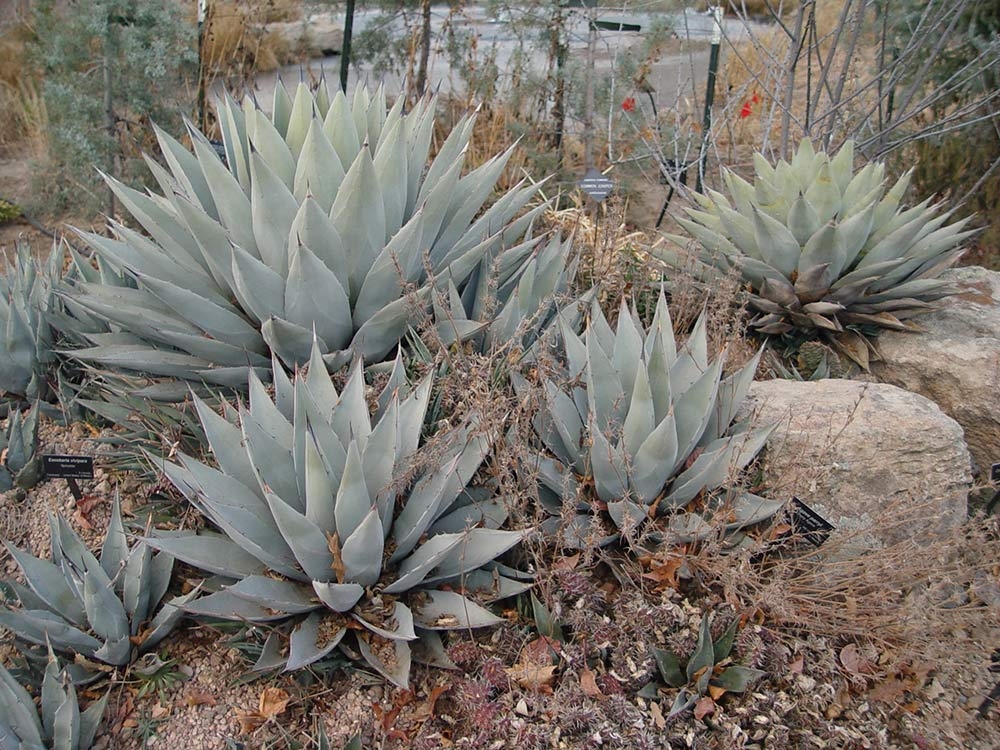
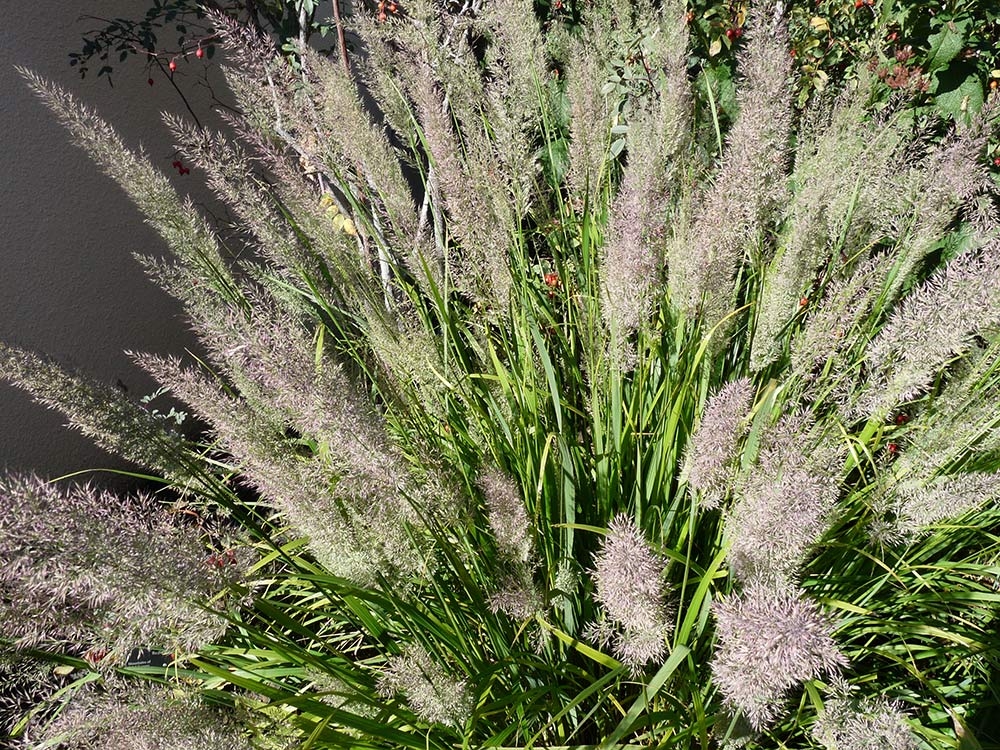
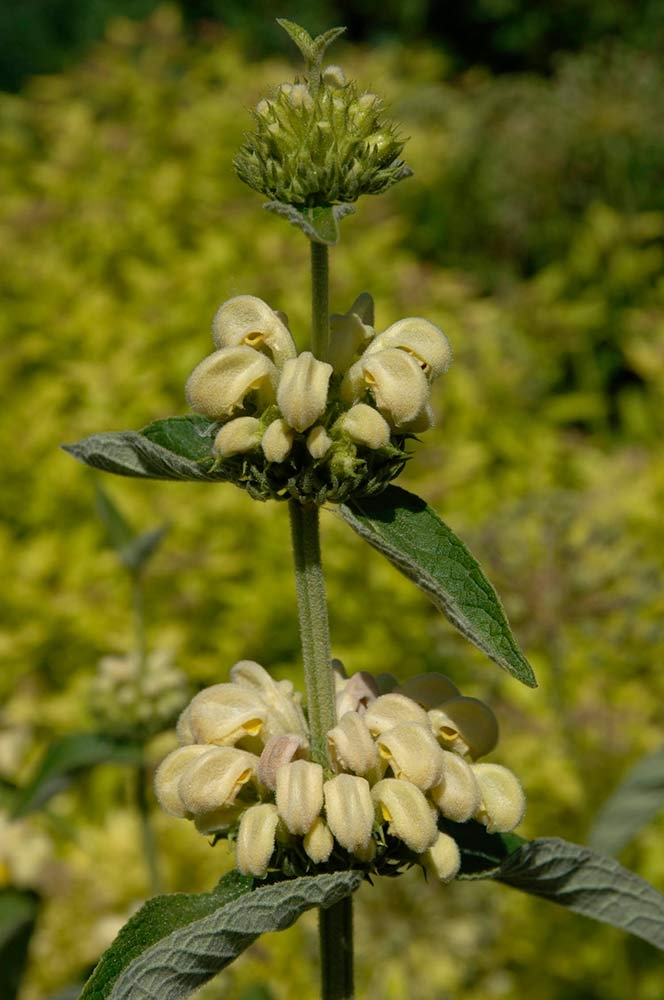
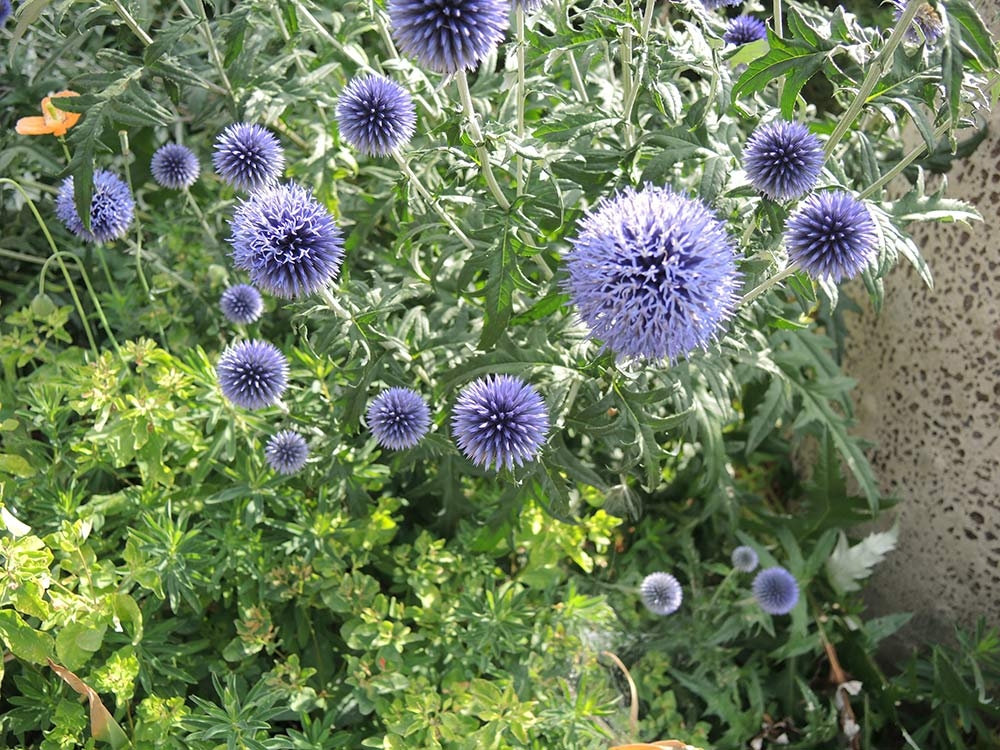
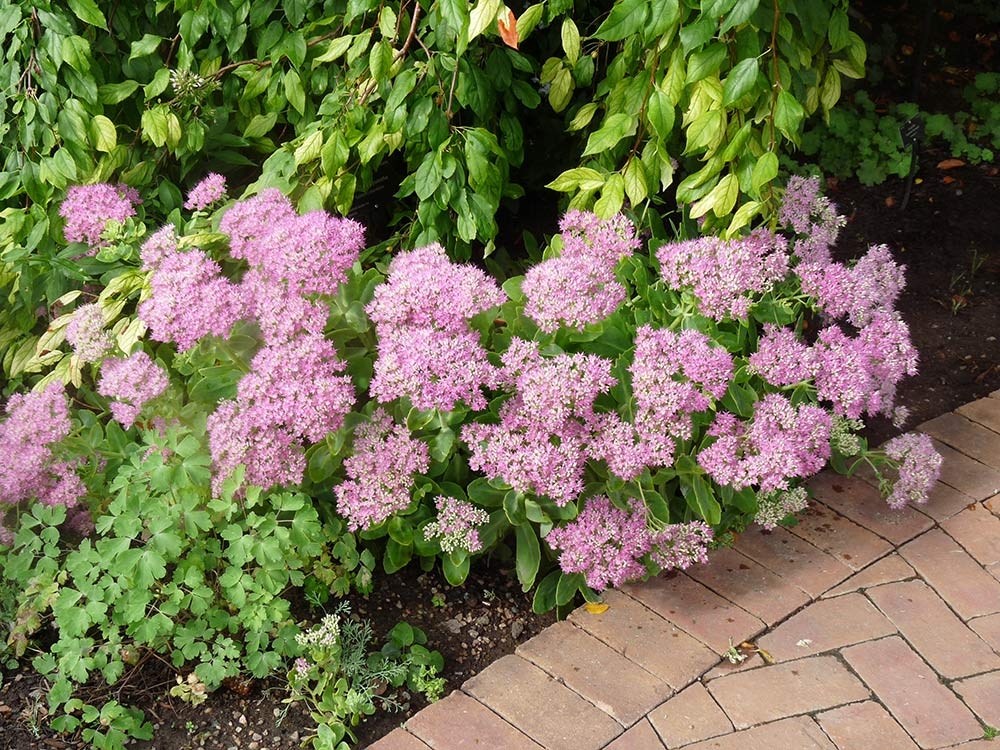
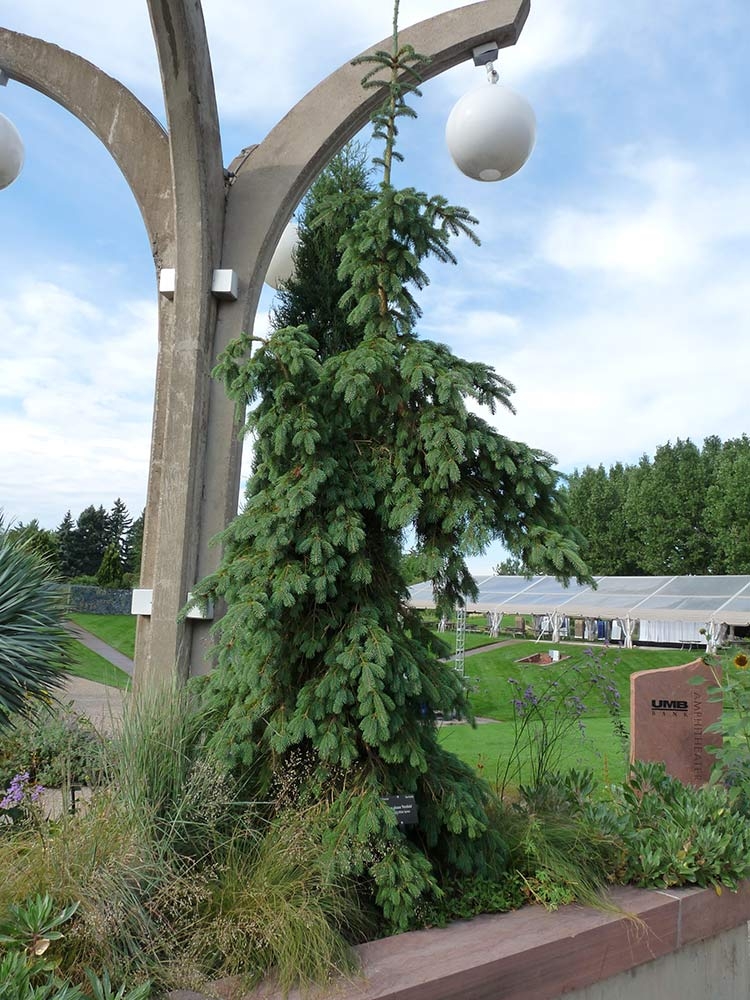
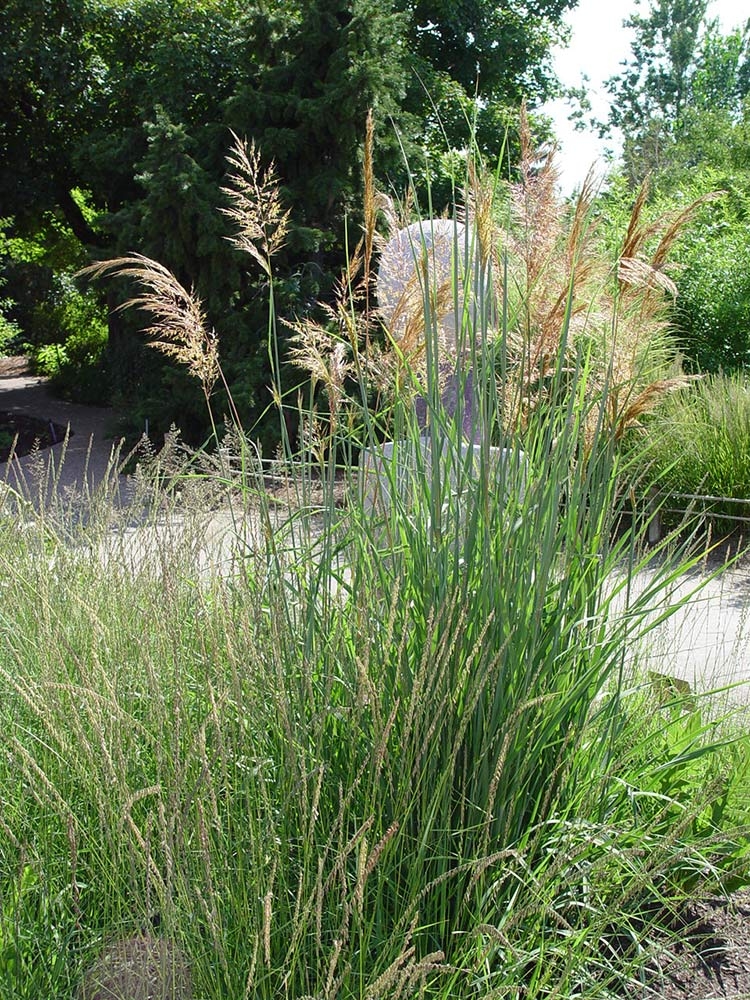
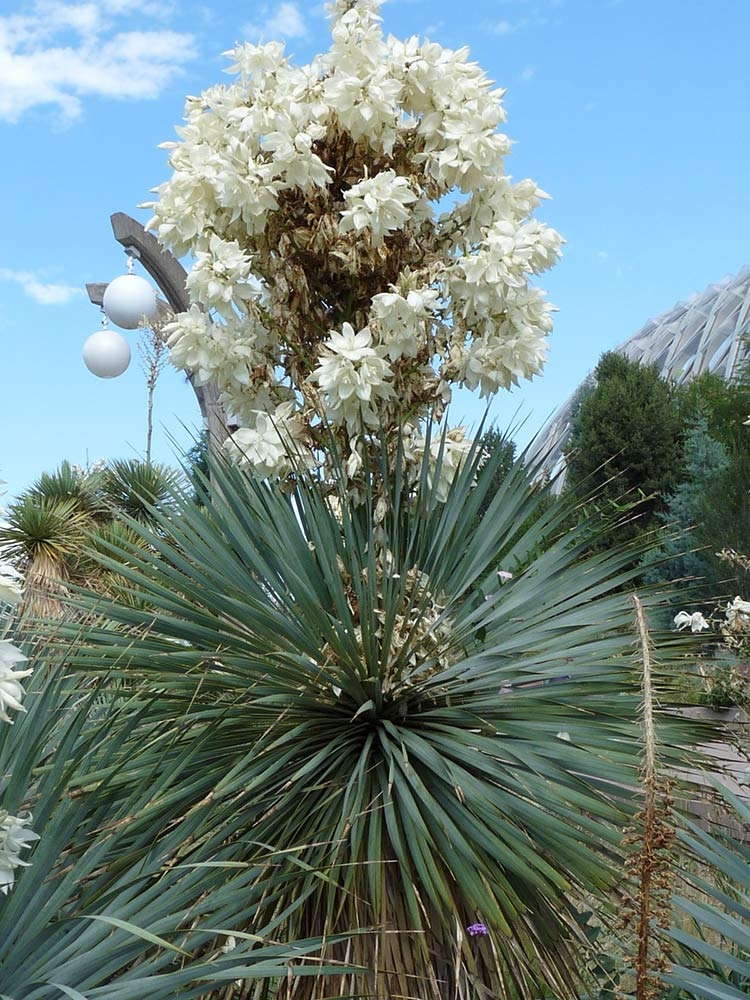
Add new comment